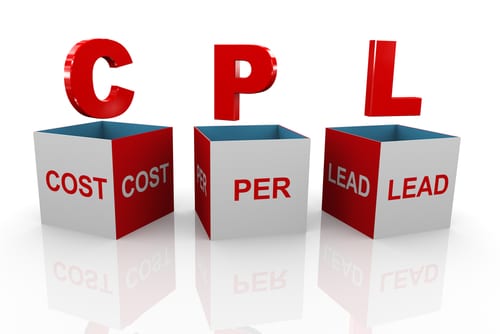What are some of the most important sales and marketing KPIs your FX brokerage should be setting? Adinah Brown, content manager at Leverate, explains.
Operating a Forex brokerage is not much different than operating any other business; the success or failure of it relies largely on your acquisition numbers, for which marketing is mostly responsible, and your conversion numbers, for which sales is mainly responsible.
A constant and complete alignment of your marketing and sales departments is crucial to establishing, tracking and measuring relevant KPIs and adjusting your sales and marketing efforts accordingly. While there are certain KPIs exclusive to marketing and some exclusive to sales, having KPIs that are shared between both departments can guarantee a symbiotic working relationship and the growth of your overall business.
What are some of the most important sales and marketing KPIs your FX brokerage should be setting?
Sales revenue. Sales is the bread and butter of your brokerage and understanding how much sales revenue is being generated by your marketing efforts is critical to determining which of your campaigns is being effective and which ones aren’t. You wouldn’t want to be spending money on something that isn’t generating you results, would you?
In order to calculate sales revenue of your marketing efforts, or even a specific campaign, take your total expenses for a particular period and deduct from them the total revenue generated by customers acquired from your overall marketing efforts or the marketing efforts of a specific campaign.

Cost of acquisition. Once someone expresses interest in your services (lead), it is time to convince them to open an account, make a deposit and trade. The cost involved in convincing a lead to become a customer is known as the cost of acquisition. If you spent $100,000 on sales and marketing efforts in a certain period of time and through those efforts you converted 10 customers, then your cost of acquisition is $10,000 per customer. Unless the average volume traded by each acquired customer is significantly higher than your cost of acquisition, then your efforts are not proving profitable.
Lifetime value. Did you know that acquiring a new customer is between 5 and 6 times more expensive than retaining one? Because of this very reason, lengthening the lifetime value of a customer is a wise financial move. Nurturing campaigns that reach out to existing customers is a great way to increase lifetime value (LTV) and reduce churn. To calculate LTV, multiply the average deposit per customer by the average number of times a customer makes a deposit, multiplied by the average retention time of a typical customer.
Conversions from your landing page. You spend all this money on banners and affiliates to direct traffic to your landing page, but if your landing page doesn’t convert, your business will dry up and die. In order to assess whether your landing page is doing its job, determine the number of people who visit during a specific period of time, compared to the number of people who convert through CTAs.
